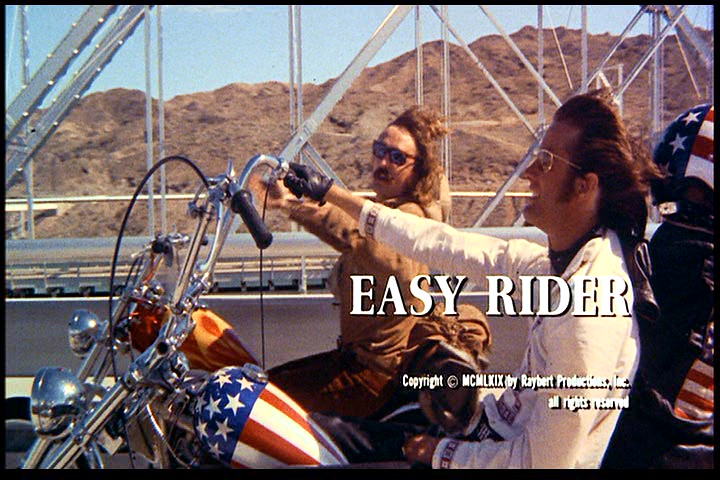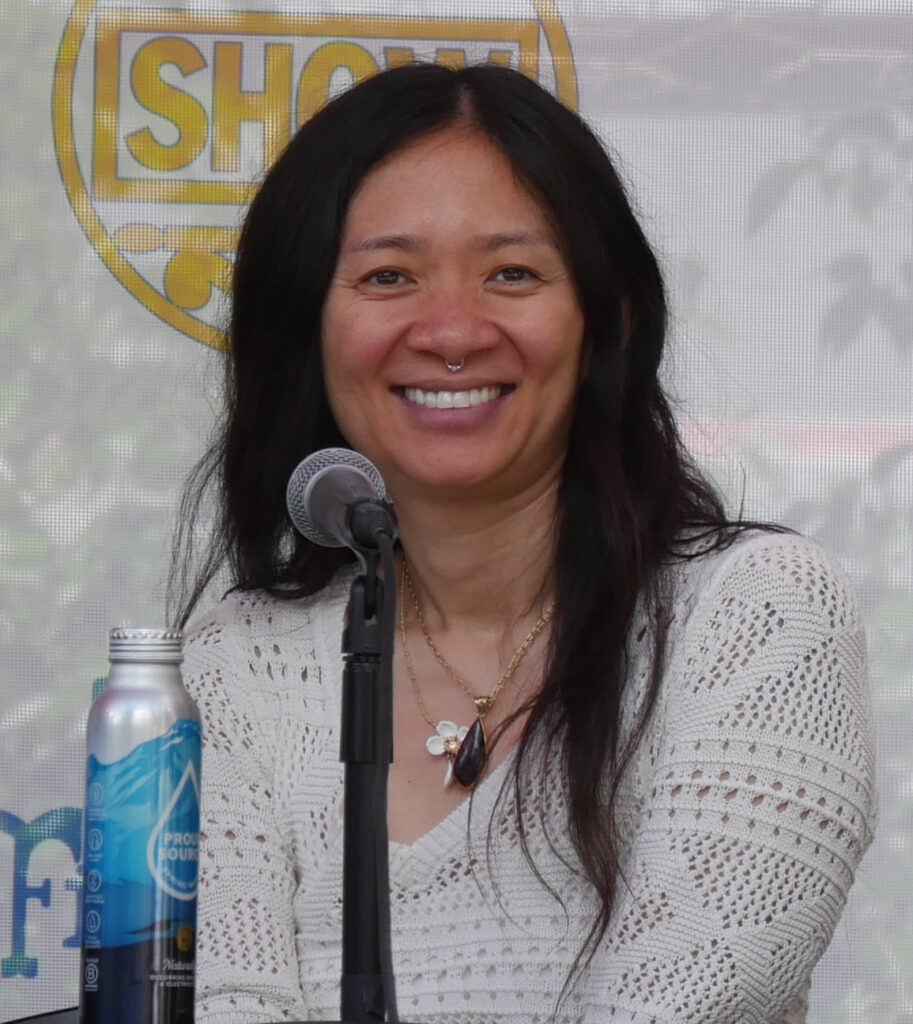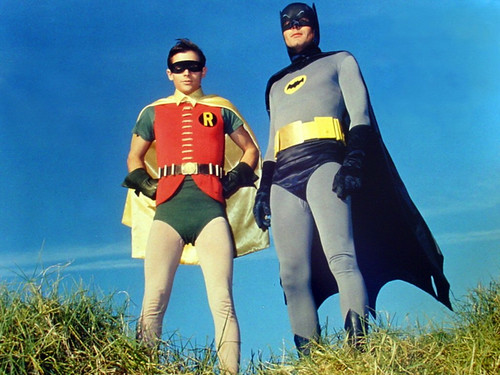
In the sprawling landscape of cinema, where franchises often represent years of beloved storytelling and countless fan expectations, the stakes are incredibly high for every new installment. A successful sequel can cement a series’ legacy, propelling it to new heights of critical acclaim and commercial triumph. However, the inverse is also true: a single misstep, a solitary failed sequel, can not only disappoint audiences but, in some cases, bring an entire cinematic universe crashing down or, at the very least, put it on an extended hiatus.
For dedicated fans and casual viewers alike, few things are as disheartening as watching a cherished franchise lose its way. The promise of continuing an epic narrative, deepening character arcs, and expanding a rich lore often creates a fever pitch of anticipation. Yet, time and again, ambitious follow-ups have fallen short, grappling with everything from overcrowded plots and tonal inconsistencies to underdeveloped villains and a profound misunderstanding of what made the originals special. These aren’t just minor blips; they are often pivotal moments that force studios to re-evaluate, reboot, or, tragically, abandon once-thriving sagas.
We embark on an analytical journey to explore some of the most prominent examples of franchises that, despite their initial success and strong foundations, suffered significant setbacks due to a single, ill-fated sequel. Through detailed explanations and critical assessments, we’ll delve into the specific narrative choices, production challenges, and fan reactions that led to these cinematic stumbles, examining why these films failed to resonate and what long-term consequences they unleashed upon their respective universes. Prepare to revisit some of the most debated and disappointing entries in blockbuster history.
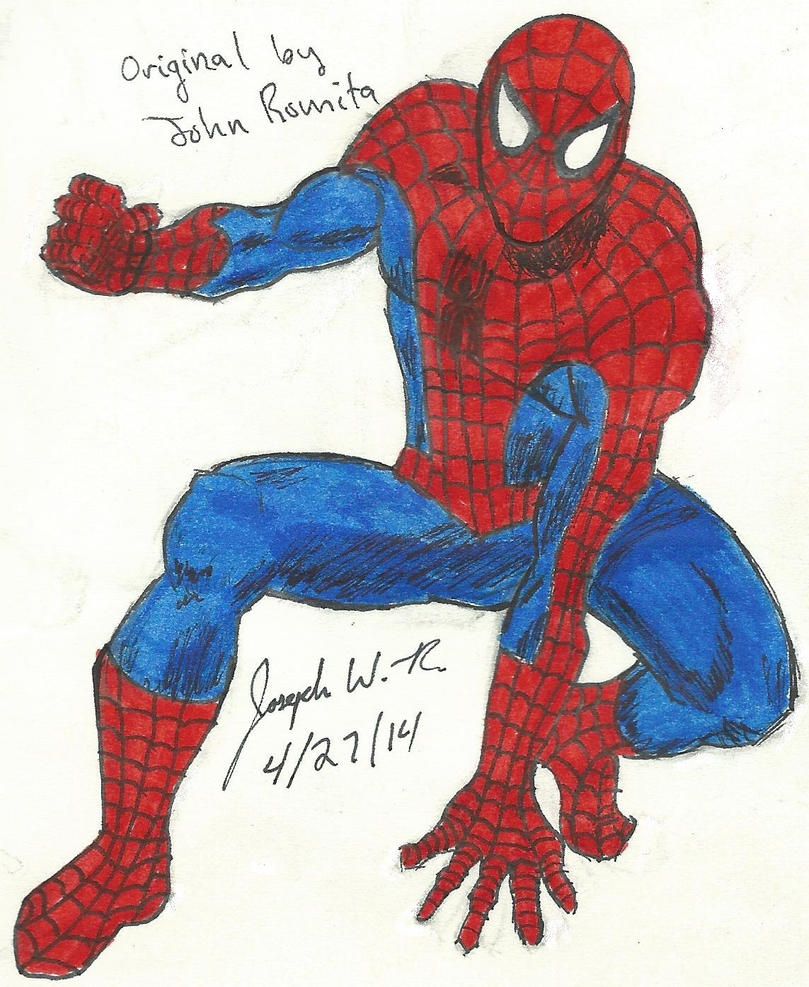
1. **Spider-Man – The Amazing Spider-Man 2 (2014)**’The Amazing Spider-Man 2′ arrived with the weight of expectation, intending to build upon the promising foundation laid by its predecessor and further explore Andrew Garfield’s charismatic take on Peter Parker. However, the film quickly became a textbook example of a sequel attempting to do too much, too quickly, ultimately collapsing under its own narrative ambitions. Rather than focusing on a streamlined story, the plot became a convoluted web of multiple villains and an excessive number of subplots.
This overcrowding created a significant challenge for the film’s pacing and overall coherence. Audiences found themselves struggling to connect with the fragmented storylines, which included the introduction of Electro, Green Goblin, and hints at the Sinister Six, all while trying to resolve Peter Parker’s personal life and the mystery of his parents. This narrative sprawl diluted the emotional core that is so vital to the Spider-Man mythos, leaving little room for meaningful character development or a strong central theme.
Critics were quick to point out its lack of emotional depth, noting that despite Garfield’s engaging performance, the film felt disjointed and lacked a clear direction. The attempts to set up a larger cinematic universe, rather than serving the immediate story, became a detriment. Fans, too, expressed disappointment, yearning for a more focused and heartfelt narrative that honored the character’s struggles and triumphs. The film’s downfall was a stark reminder that ambition, without tight execution, can lead to a less-than-spectacular outcome.
Read more about: 15 Movie Plot Holes That Left Audiences Scratching Their Heads
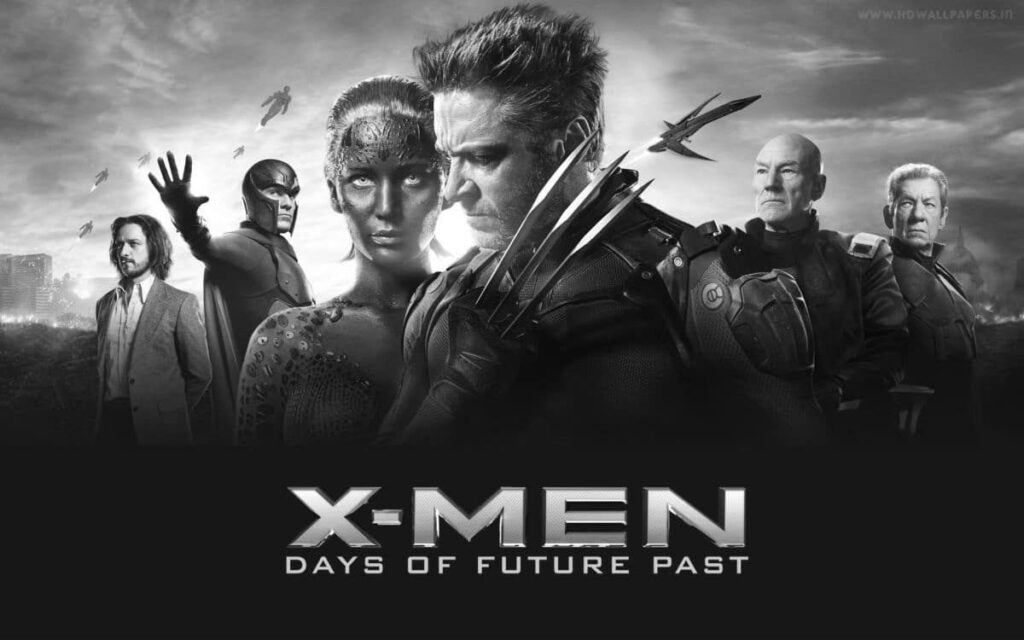
2. **X-Men – X-Men: Dark Phoenix (2019)**’X-Men: Dark Phoenix’ represented a second attempt to adapt one of the most iconic and beloved storylines from the X-Men comics, the Dark Phoenix saga, after its initial botched portrayal in ‘X-Men: The Last Stand’. Unfortunately, this re-do struggled to ignite and ultimately failed to deliver the epic conclusion it promised, becoming one of the most disappointing installments in the franchise’s history. The film faced significant challenges with its pacing and storytelling, leading to a narrative that was often more confusing than captivating.
Despite boasting a star-studded cast that included established talents, the emotional core of the film felt notably absent. Key characters, particularly Jean Grey, were underdeveloped in their portrayal of such a monumental transformation, making it difficult for audiences to fully invest in their struggles and the gravity of the unfolding events. The narrative failed to imbue the storyline with the tension, gravitas, and operatic tragedy that fans expected from such a pivotal comic book arc.
Both fans and critics observed the film’s inability to live up to the source material or the high standards set by earlier, more successful X-Men entries. It missed the opportunity to craft a truly compelling and impactful story about power, sacrifice, and cosmic consequences. Its ultimate failure left viewers and die-hard fans longing for a more robust and engaging narrative, effectively signaling a somber end to that particular iteration of the X-Men film series.

3. **Batman – Batman & Robin (1997)**’Batman & Robin’ remains infamous in cinematic history, widely regarded as the film that nearly buried the Batman franchise for good before its eventual resurgence. Following the darker, more gothic predecessors from Tim Burton, this installment pivoted dramatically to a campy tone and leaned heavily into over-the-top performances and visuals. This drastic shift in approach did not resonate with audiences, who expected a more gritty and serious portrayal of Gotham City and its protector.
The film was heavily criticized for its excessive use of puns, brightly colored costumes, and a general aesthetic that felt more like a Saturday morning cartoon than a blockbuster superhero epic. George Clooney’s portrayal of Batman, while charismatic in other roles, seemed fundamentally miscast for the character’s brooding nature. Furthermore, the film’s villains, Mr. Freeze and Poison Ivy, were rendered too cartoonish to be genuinely threatening, stripping away any sense of real danger or menace.
Instead of a compelling Gotham tale, audiences were treated to a spectacle that bordered on parody, alienating a significant portion of the fan base. The result was not merely a box office flop but a critical disaster that effectively put the live-action Batman franchise on ice for years, necessitating a complete reinvention and darker re-imagining to restore its credibility and appeal to a new generation of viewers.
Read more about: From Cult Classics to Cringe-Fests: Revisiting 15 Unforgettable Acting Performances That Missed the Mark

4. **Superman – Superman IV: The Quest for Peace (1987)**’Superman IV: The Quest for Peace’ was an earnest, albeit severely misguided, attempt to bring the Man of Steel back to his more idealistic roots, focusing on themes of disarmament and global peace. However, any noble intentions were thoroughly undermined by a severely constrained budget and a series of creative misfires that ultimately led to its reputation as one of the weakest links in the entire Superman cinematic franchise. The narrative itself was criticized for being overtly simplistic and preachy, lacking the sophisticated storytelling and charming wit of its successful predecessors.
The visual effects, suffering immensely from the limited financial resources, were notably lackluster, failing to convincingly portray Superman’s powers or the spectacle expected from a major superhero film. This stood in stark contrast to the groundbreaking effects that had defined earlier entries in the series. Christopher Reeve, in his final outing as Superman, did his best with the material, but even his iconic portrayal could not elevate a story that many found uninspired and poorly executed.
The film’s failure underscored the significant challenges of balancing social commentary with engaging superhero action and adventure. Rather than captivating audiences, it left them underwhelmed and disappointed, effectively bringing an inglorious end to Reeve’s beloved tenure as Superman and highlighting how budget constraints and a weak script can derail even the most iconic of heroes, proving that good intentions alone are not enough to salvage a production.
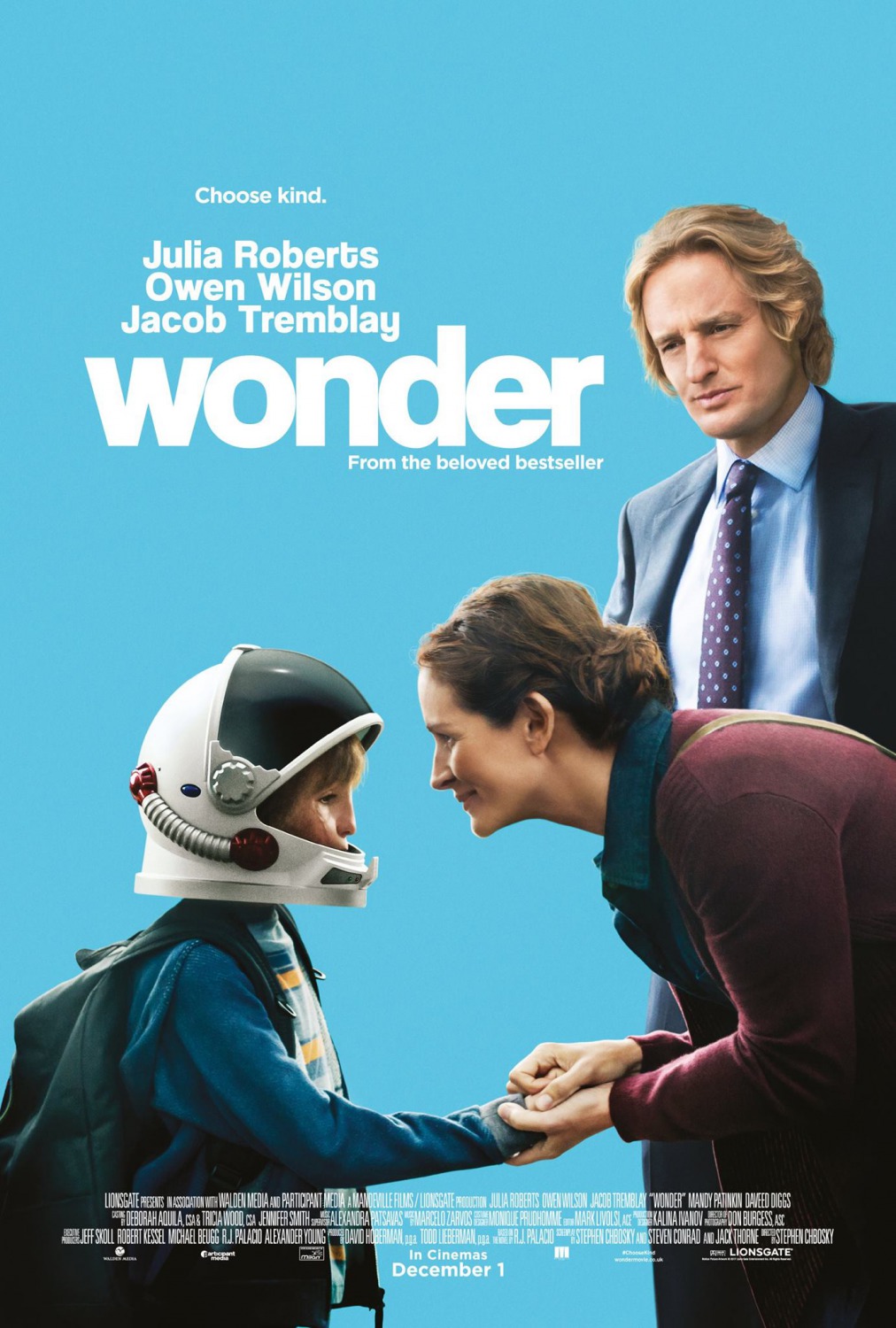
5. **Wonder Woman – Wonder Woman 1984 (2020)**Following the tremendous critical and commercial success of its predecessor, ‘Wonder Woman 1984’ arrived with incredibly high expectations, poised to continue the empowering narrative of the Amazonian warrior. However, despite its visually appealing aesthetic and Gal Gadot’s continued strong performance, the sequel stumbled significantly with a convoluted plot and inconsistent pacing that left a segment of its audience disenchanted. The film struggled to strike a balance between its nostalgic 1980s elements and a compelling, coherent narrative.
One of the primary criticisms leveled against ‘Wonder Woman 1984’ was its struggle to craft compelling villains. Both Maxwell Lord and Cheetah lacked the depth and consistent motivation needed to pose a truly significant threat or to evoke a strong emotional response from viewers. This deficiency in antagonist development meant that the stakes, despite the grand scale of the plot, often felt less impactful and urgent than they should have been, diminishing the overall sense of conflict and heroism.
Critics also noted a missed opportunity to explore more substantial themes, as the film’s attempts at social commentary often felt underdeveloped or sidelined by the complex and sometimes illogical plot mechanics of the wishing stone. While visually vibrant, the film ultimately failed to capture the essence of Wonder Woman’s strength, resolve, and inspiring ethos as effectively as the first movie, resulting in a sequel that divided audiences and critics alike, failing to fully capitalize on its immense potential.
Read more about: Global Icons: Exploring the Lives and Enduring Legacies of 14 World-Famous Personalities

6. **Thor – Thor: The Dark World (2013)**’Thor: The Dark World’ was intended to expand upon the mystical realms of Asgard and delve deeper into the cosmic side of the Marvel Cinematic Universe, further developing the character of the God of Thunder. However, despite its impressive visual effects and the charisma of its lead actors, the film left many audiences underwhelmed, struggling to make a lasting impact within the burgeoning MCU. The film’s plot was widely considered thin and somewhat generic, failing to provide the narrative complexity or emotional resonance expected from such a significant character.
The titular villain, Malekith, proved to be one of the MCU’s more forgettable antagonists. Despite his formidable power and the threat he posed, his motivations and character were underdeveloped, failing to leave a lasting impression or create a compelling sense of menace. This lack of a strong central threat contributed to the feeling that the story lacked significant stakes and emotional depth, a crucial ingredient for any superhero epic.
While the film showcased breathtaking visuals of Asgard and other cosmic locations, the humor, which would later become a standout feature of the Thor franchise, felt largely flat in this installment. Fans felt that the adventure lacked the necessary substance and complexity, leading to a largely forgettable chapter in the God of Thunder’s saga. Its inability to genuinely expand on the intriguing universe it inhabited meant that ‘The Dark World’ remains a frequently cited example of an MCU entry that missed its mark, serving more as a bridge to future films than a standalone powerhouse.” , “_words_section1”: “1948
Having explored some initial high-profile missteps in the cinematic universe, our journey continues into a second wave of franchises where eagerly awaited sequels also struggled to hit their mark. From mega-team-ups that couldn’t quite assemble their potential, to subversive antiheroes who lost their edge, and epic space operas that stumbled at the finish line, these films offer further compelling case studies in how a single follow-up can test the loyalty of dedicated fan bases and necessitate radical re-evaluations for future installments. We delve into the critical missteps and narrative shortcomings that plagued these prominent sagas, dissecting why they failed to resonate and what long-term consequences they unleashed upon their universes.
Read more about: Some Analytical Insights into Ukraine’s Evolving Air Strategy: Precision Strikes, Tactical Revelations, and Geopolitical Shifts

7. **The Avengers – Avengers: Age of Ultron (2015)**Following the monumental success of the inaugural ‘Avengers’ film, ‘Avengers: Age of Ultron’ arrived with an almost impossible weight of expectation. It was poised to not only continue the story of Earth’s mightiest heroes but also to deepen their interpersonal dynamics and further expand the sprawling Marvel Cinematic Universe. However, despite its inherent spectacle and the sheer star power of its ensemble, the film found itself grappling with significant criticisms, primarily centered around a narrative that felt notably cluttered and an overwhelming number of characters vying for screen time.
This narrative congestion proved to be a critical hurdle, as the movie attempted to juggle multiple character arcs, introduce new heroes, and set up future MCU events, all within a single blockbuster runtime. The fast-paced storyline, while offering thrilling action sequences that Marvel is known for, inadvertently diluted the emotional connection audiences had come to expect from these beloved characters. The sheer volume of plot threads meant that individual moments and character beats often felt rushed, preventing deeper exploration and impact.
A central figure in the film’s mixed reception was its titular villain, Ultron. Despite his formidable intelligence and menacing presence in the trailers, the character ultimately lacked the consistent menace and profound philosophical depth needed to be truly memorable. His motivations, while initially intriguing, often felt overshadowed by the film’s broader ambitions to expand the universe, leading to a villain who, while powerful, didn’t leave the lasting impression required for such a pivotal conflict.
For many fans and critics alike, ‘Age of Ultron’ felt more like a stepping stone—a necessary bridge to subsequent phases of the MCU—rather than a standalone powerhouse. It failed to achieve the depth and cohesion that had made the first ‘Avengers’ film a landmark in superhero cinema, leaving some viewers feeling that it sacrificed individual storytelling strength for the sake of franchise progression, thereby missing an opportunity to truly soar on its own merits.

8. **Justice League – Justice League (2017) (the theatrical cut)**The 2017 theatrical cut of ‘Justice League’ represented DC’s ambitious attempt to unite its most iconic heroes on the big screen, a moment that had been anticipated by fans for decades. Yet, despite its grand premise and the assembly of legendary characters like Batman, Superman, Wonder Woman, The Flash, Aquaman, and Cyborg, the film tragically struggled to find a cohesive footing. A tumultuous production history, marked by a mid-project change in directors, heavily contributed to a noticeable lack of a singular, guiding vision.
This fragmented creative process manifested in a narrative that often felt disjointed and rushed. Characters were introduced with minimal development, leaving audiences with little emotional investment in their individual struggles or their collective purpose. The film’s attempts at humor frequently felt forced, creating jarring tonal shifts that undermined any attempts at gravitas, and the heavy reliance on CGI, particularly in key action sequences, often lacked polish, further detracting from the immersive experience.
The antagonist, Steppenwolf, emerged as another significant point of criticism. Despite being presented as a world-ending threat, his character was largely deemed uninspired, lacking compelling motivation or a distinctive personality. This deficiency in a truly formidable and engaging villain meant that the stakes, while theoretically high, often felt surprisingly low, as his presence rarely evoked genuine fear or excitement from the audience.
Ultimately, ‘Justice League’ was seen as a colossal missed opportunity to craft a truly compelling and epic team-up. The film left audiences and dedicated fans frustrated, yearning for a more polished, coherent, and riveting portrayal of these iconic heroes. Its underperformance and critical drubbing necessitated a complete re-evaluation of the DC cinematic universe, highlighting how production woes and a lack of clear vision can cripple even the most anticipated superhero gatherings.

9. **Deadpool – Deadpool 2 (2018) (divisive among fans)**’Deadpool 2′ arrived with the challenging task of following up a groundbreaking original film that had redefined the superhero genre with its irreverent tone, meta-commentary, and R-rated humor. The sequel certainly continued this tradition, doubling down on the chaotic energy and fourth-wall-breaking antics that made the first film a breakout hit. However, this amplified approach proved to be a source of division among its devoted fanbase, with some appreciating the maximalist humor and others feeling it diluted the unique charm.
The film ambitiously attempted to expand its universe, introducing new characters such as Cable and Domino, and assembling the motley crew of X-Force. While these additions brought fresh dynamics and plenty of comedic potential, some critics and fans felt that this broader scope inadvertently diluted the sharp focus on Wade Wilson himself. The narrative, while packed with jokes and action, sometimes struggled to maintain a consistent pacing, leading to moments where the story felt less impactful amidst the constant barrage of gags and pop culture references.
Despite Ryan Reynolds’ consistently strong and charismatic performance as the Merc with a Mouth, which remained a highlight, the film’s narrative complexity and its attempts to balance its signature humor with moments of genuine pathos were sometimes criticized. The emotional beats, though present, occasionally struggled to land with the same resonance as the original, as the sheer volume of new elements made it harder for certain dramatic moments to fully breathe and connect.
‘Deadpool 2’ highlighted the inherent difficulty of replicating the lightning-in-a-bottle success of a truly original concept while simultaneously trying to expand its world. While undeniably entertaining for many, its mixed reception demonstrated that even a franchise built on subverting expectations can struggle when trying to balance an expanding roster of characters and storylines with the singular, fresh appeal that made its predecessor so beloved, resulting in a sequel that resonated more selectively.
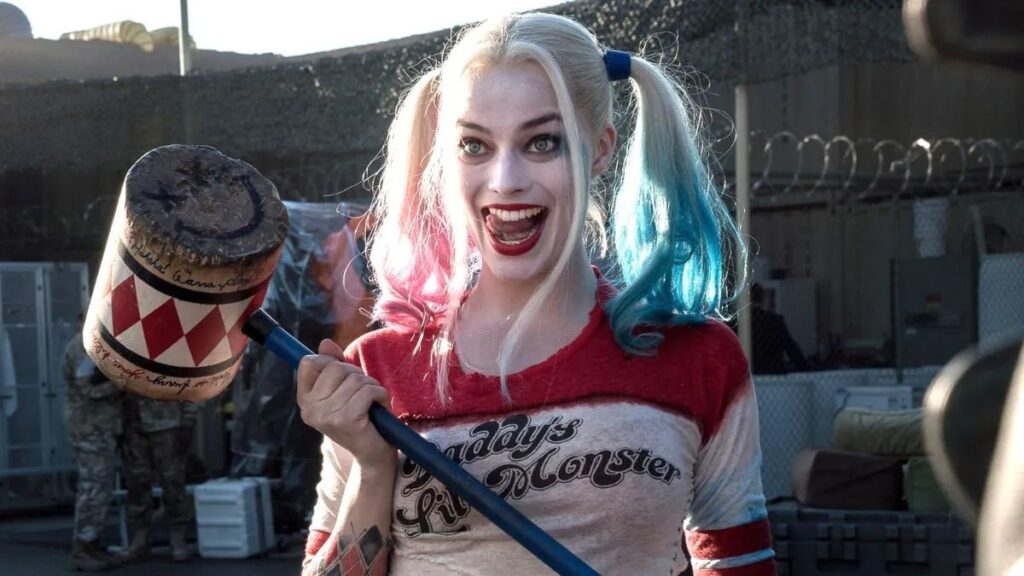
10. **Suicide Squad – Suicide Squad (2016)**’Suicide Squad’ burst onto the scene with a vibrant marketing campaign that promised a fresh, edgy take on the superhero genre, centered around an ensemble of charismatic antiheroes. The concept of a government-sanctioned team of supervillains undertaking black ops missions was inherently intriguing, and the film boasted a strong cast, including popular figures like Harley Quinn and Deadshot. Yet, despite this immense potential and widespread anticipation, the final product suffered significantly from a muddled plot and an inconsistent tone that left many viewers thoroughly disappointed.
The film’s narrative was widely criticized for being incoherent, jumping between various character introductions and exposition dumps without ever truly establishing a clear, compelling throughline. This lack of a cohesive story meant that even with a talented ensemble, many characters felt underdeveloped and their motivations unclear, making it difficult for audiences to invest in their journeys or truly care about their fate. The much-hyped villains, in particular, often felt underutilized, failing to deliver the expected thrills or emotional depth.
Critics frequently pointed out the disjointed editing, which many attributed to rumored studio interference and a frantic attempt to re-edit the film to match the tone of its trailers. This resulted in a viewing experience that often felt choppy and rushed, further exacerbating the narrative issues and undermining any attempts at establishing a consistent atmosphere. The film struggled to strike the right balance between gritty action, dark humor, and genuine character moments.
Ultimately, ‘Suicide Squad’ failed to live up to the immense hype generated by its innovative premise and stylish marketing. Its divisive reception underscored the challenges of translating a unique comic book concept to the big screen without a clear directorial vision and narrative focus. The film’s inability to capture the chaotic magic it aimed for meant that what could have been a fresh, bold entry in the superhero landscape instead became a cautionary tale of squandered potential.
Read more about: Beyond the Mic: 12 Uncommon Truths About Common’s Unforgettable Journey—Number 5 Will Inspire You!

11. **Star Wars – The Rise of Skywalker (2019)**’Star Wars: The Rise of Skywalker’ carried the immense burden of concluding the legendary Skywalker saga, a narrative tapestry woven across nine films and more than four decades. The weight of fan expectations for a satisfying and coherent resolution was unprecedented, making the task an unenviable one. However, despite its spectacular visual effects and a clear intention to deliver a grand finale, the film ultimately struggled with narrative coherence and felt profoundly rushed, leaving a significant portion of its audience polarized.
One of the primary criticisms leveled against ‘The Rise of Skywalker’ was its attempt to tie up an overwhelming number of plotlines and address various fan theories and previous narrative choices, often to its detriment. This resulted in a story that felt crammed and accelerated, introducing major twists and character developments at a breakneck pace without adequate time for them to resonate emotionally. Key revelations felt less earned and more like convenient plot devices, undermining the organic storytelling that defined earlier Star Wars entries.
Many critics and long-time fans felt that the film lacked true innovation and struggled to find its own voice, instead relying heavily on nostalgic nods and callbacks to past films. This approach, while aiming to please, often came across as overly reverent, preventing the narrative from forging a truly bold and impactful path forward. Unanswered questions and character arcs that felt unresolved further contributed to a sense of dissatisfaction among viewers who had hoped for a more definitive and emotionally resonant conclusion.
Ultimately, ‘The Rise of Skywalker’s’ execution was deeply polarizing. While some viewers praised its ambition and its attempts to deliver a heartfelt send-off, others lamented its missed opportunities to craft a truly original and cohesive finale that honored the vast legacy of the franchise. Its mixed legacy as a saga-ending film highlighted the immense challenge of concluding such a beloved and expansive story in a way that satisfies a diverse and passionate global fanbase, leaving the definitive end of the Skywalker saga marred by debate and contention.
Read more about: Hold Up! 15 Beloved Movies With Plot Holes So Big You’ll Scream ‘How Did I Not Notice?!’
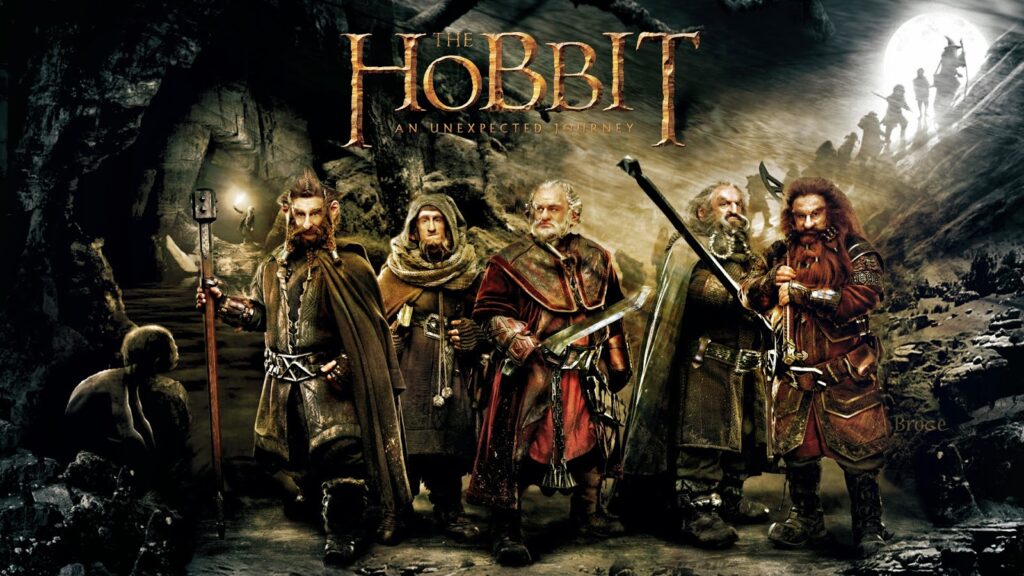
12. **The Lord of the Rings / The Hobbit – The Hobbit: The Battle of the Five Armies (2014)**’The Hobbit: The Battle of the Five Armies’ was envisioned as the epic concluding chapter of Peter Jackson’s ‘The Hobbit’ trilogy, aiming to deliver a climactic spectacle worthy of its ‘Lord of the Rings’ predecessors. However, despite the promise of grand-scale warfare and the return to Middle-earth, the film largely failed to meet the lofty grandeur and emotional depth that fans had come to associate with J.R.R. Tolkien’s world and Jackson’s earlier adaptations. Its narrative felt heavily skewed towards action, often at the expense of crucial character development and nuanced storytelling.
A significant point of contention was the film’s perceived over-reliance on computer-generated imagery (CGI). While stunning in parts, the extensive use of digital effects often overshadowed the practical craftsmanship and immersive world-building that had defined the original ‘Lord of the Rings’ trilogy. This shift sometimes contributed to a sense of artificiality, making it difficult for audiences to fully invest in the physical stakes of the battles or the emotional weight of the characters’ struggles.
Critics and ardent fans of Tolkien’s literary work often found the adaptation lacking the richness and complexity they cherished from the books. The decision to expand ‘The Hobbit’ into a three-film saga meant that narrative padding became evident, leading to stretched storylines and characters whose arcs felt either rushed or unnecessarily prolonged. The film’s focus on prolonged battle sequences, while visually impressive, often sidelined the more intimate and character-driven moments that were essential to the story’s heart.
Ultimately, ‘The Battle of the Five Armies’ left audiences with a mixed reception. While it delivered on the promise of immense spectacle, its prioritization of action over substance, coupled with a perceived lack of emotional depth, meant it struggled to achieve the same resonance and critical acclaim as its predecessors. The film’s conclusion to ‘The Hobbit’ trilogy became a testament to the challenges of adapting beloved fantasy literature, demonstrating how an imbalance between epic scale and narrative integrity can hinder even the most anticipated cinematic ventures.
As we conclude our deep dive into these cinematic missteps, it becomes abundantly clear that the path to a successful sequel is fraught with peril. Whether it’s the pressure to expand a universe too quickly, a failure to understand the core appeal of the original, or a production plagued by creative differences, the consequences can be devastating for even the most beloved franchises. These films serve as powerful reminders that while the lure of continuing a popular story is strong, true success lies not just in extending a narrative, but in honoring its essence and delivering a fresh, compelling experience that genuinely resonates with audiences, cementing a legacy rather than eroding it. The lessons learned from these collapses continue to shape the strategies of studios and filmmakers, illustrating the enduring power of fan expectations and the delicate balance required to maintain a cinematic empire.


